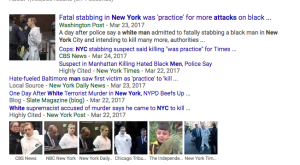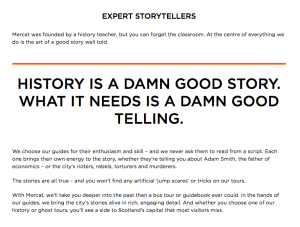Like my fellow classmates, I never thought to consider battlefields, camps, and the like as “dark tourism.” When I hear the phrase, I generally think of the more kitschy tours meant to entertain through shock and awe, regardless of their accuracy. Places like Auschwitz and the World Trade Center seem more to me like memorials than a fun place to go and be spooked. But I guess at the same time, they’re a little similar. I don’t know anyone who could go to One World Trade or to a concentration camp and not be prepared for a place like that to elicit an emotional response. I just hope that tourists’ initial reasons for visiting these two types of places would be different. That’s when it falls to curators and the like to make sure that the historical significance of a place is accurately represented.
A couple of years ago, I took a “haunted tour” of New Orleans that largely turned out to be a fundamental misunderstanding of Voodoo, an overemphasis of the city’s participation in the Civil War, and a walking tour of historically inaccurate sites from American Horror Story. Needless to say, I was disappointed. I didn’t necessarily show up to see ghosts, but I was excited to see some of the oldest parts of the city, and the roles that those places once played. That definitely wasn’t the point of the tour that I was on. I think it all comes down to drawing a line between meaningful and meaningless. If a site, a tour, whatever, can prove to you that what you’re seeing is meaningful to the narrative, worth preserving, worth retelling, then perhaps it’s alright. Auschwitz is obviously going to tell you an important story. Madame LaLaurie & Marie Leveau are going to teach you about the roles of white and Creole women in 18th/19th century New Orleans. But you have to tell the stories accurately – not just to get a crowd.
Preserving bodies (or pieces of bodies) because of scientific significance, such as the quintuplets, is going to help tell a larger story – what was medicine like at the time? How were people dying, and why? What did people consider worth saving? Saving pieces of presidents is still something that I’m trying to wrap my head around, but I can sort of see why it’s done. It tells those same stories, and helps answer those same questions, looking at the way that this country revered it’s heroes, and how they shaped the narratives around their death. As long as the collection and preservation is done ethically, I guess I don’t really have a problem with it. If that’s what thrills you (and you can explain to me exactly why), then by all means, enjoy.




